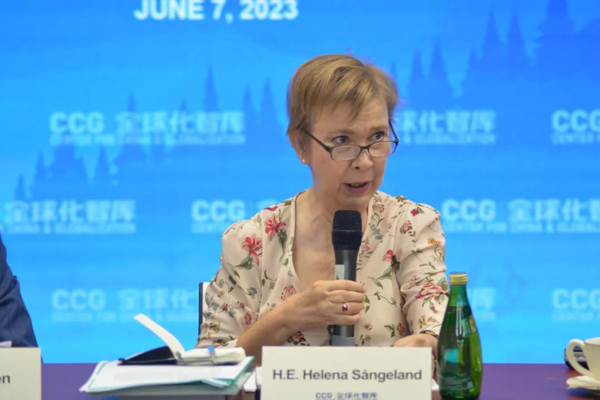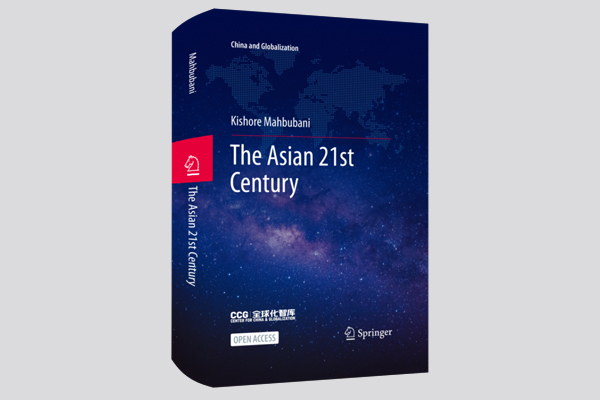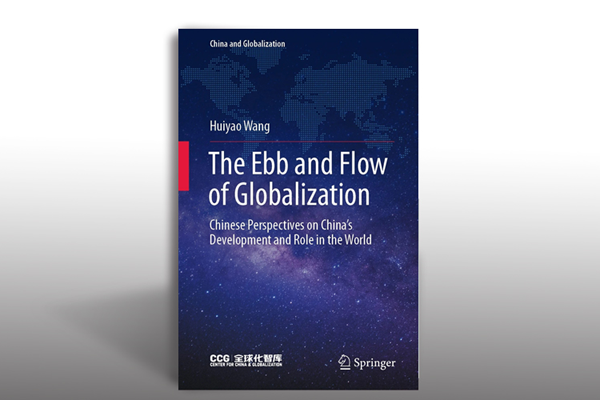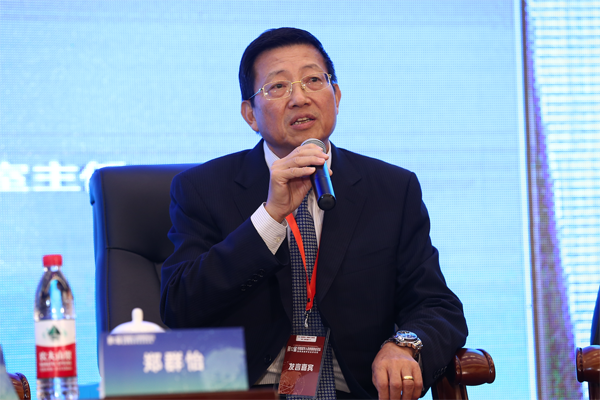Global governance, international organizations, regional cooperation and the Belt and Road Initiative (BRI) are key subjects of CCG's globalization research. As China's first think tank named and dedicated to globalization, CCG founded the China and Globalization Forum and contributes to international discussions related to globalization. It has organized seminars under themes such as WTO reform, multilateral governance, and the BRI. CCG was the first body to hold a BRI-themed event at the Munich Security Conference, a world-leading conference in the field of international security and governance.
Based on years of research in the field of globalization, CCG has published numerous research reports and books, including Win-Win International Cooperation and Path to Achievement of the Belt and Road, Globalization and Anti-Globalization and What’s Next for Globalization? Great Changes and China’s Proposed Approaches. The Handbook on China and Globalization published by Edward Elgar Publishing is one of the few books published in English by a Chinese think tank with an authoritative international academic publisher. Two of the CCG's initiatives were selected for inclusion in the first Paris Peace Forum, pioneering a new model for Chinese think tanks to fully participate in global governance and international cooperation. In addition, CCG has long-term cooperation with the WTO, UN, OECD, World Bank, IMF and many other international organizations, international think tanks and related institutions.
-

H.E. Helena Sångeland Speaks at CCG Ambassadors’ Roundtable
Presentation by H.E. Helena Sångeland, Ambassador of Sweden to China
July 07 , 2023 -

The Asian 21st Century e-book downloads top 3 million! Chinese version already published by CITIC
As of July 3rd, downloads of The Asian 21st Century e-book exceeded 3 million! The book, authored by Singapore veteran diplomat Kishore Mahbubani, is part of the “China and Globalization” series, which is jointly published by the Center for China and Globalization (CCG) and Springer Nature Group.
July 06 , 2023 -

CCG Book: The Ebb and Flow of Globalization
The Ebb and Flow of Globalization is the fifth book in the “China and Globalization” series. This series seeks to create a balanced global perspective by gathering the views of highly influential policy scholars, practitioners, and opinion leaders from China and around the world.
December 15 , 2022 -

Chairman of Herbalife China: Opportunities and Challenges in the Health and Nutrition Industry with the Rise of Younger Consumers
Health awareness was becoming a social priority even before the COVID-19 pandemic, especially among younger people in China. This is due to factors like better living standards, improved health awareness and greater emphasis on nutrition and health. But the nutrition and health market in China is also undergoing profound changes. Snacks are replacing lunch and dinner, e-commerce is a major driver of change and sports nutrition is becoming increasingly important. Herbalife is working to meet this changes head on and ensure a healthier China.
May 25 , 2022 -

Vladimir Yakunin: Demand for Responsible Leadership in a Chaotic World
There is a need to find new mechanisms that will allow nations and civilisations to cooperate better on specific issues despite their ideological differences. The current crisis is global and systemic in nature.
April 20 , 2022


